My substitute partner at work today was more sympathetic than my normal coworker, so that made a big difference. I'm feeling pretty good compared to the weekend, but my throat is screwed up and my decongestant seems to have worm off after 8 hours as opposed to the 12 hours of relief promised to me by the box. 🤧
anon6789
Yes, my actual medical depression is still properly treated, it's just a combo of job dissatisfaction and my girlfriend has started work after finishing college, and she works 3x 12 hr days Sat-Mon so my schedule is out of whack and I've trashed my already poor sleep hygiene trying to find a new routine. Doing my daily posts is the only thing occuring at "the proper time" anymore, so it at least syncs me up at the start of each day, and the happy comments throughout the day give me things to look forward to.
I caught the killer head cold she's been having for the last week as well, and it seems my body decided to speedrun it and I hardly left the bed over the weekend.
Everyone is always so supportive in the community, I'm always so glad I decided that if nobody else was going to make it active that it was up to me. I spend a lot of time on it, but I feel it is productive and the positive feedback I get makes the work feel more useful than any actual job I've had.
I know! Most people have no idea how important these old trees can be, and if you really have to take one down, at least check it for occupants first!
Lots of animals need them for shelter, as as we clear out more trees, we're not making their real estate market any better than we've been making our own in most places.
I was so happy with the community at [email protected] this week!
We got posts from 5 other people this week, which I think is a record, and they were really good, and some were non-US as well.
I've passed 5000 comments, the majority of which have been within the community, and I'm over 900 posts. I've been able to maintain 3 posts a day for a while now.
Been seeing a number of new commenters as well and got another DM thank you from someone for posting happy stuff for them every day.
I've been depressed and now sick recently, so the community has been a very positive element in my life, so I'm glad everyone is still enjoying what I do.
Reading other communities, I feel people have been getting a little touchier and crude in some of their language, so I feel it is important to keep positive spaces here.
Not what I was expecting, but I like it! 😆
Rating all of Southern Africa's wildest cuisine!
I'd follow all their adventures!
Of course! I've been meaning to get something put in the sidebar for this at some point.
For the US, the best resource I've found is Animal Help Now.
They recommend the International Wildlife Rehab Council for the rest of the world and WIRES for Australia. Sorry, Australia, I couldn't think of a better way to phrase that, I'm not feeling well today. I count you as part of the rest of the world!
It's a tough job keeping up to date info. Many of these places are remote for the animals' sake, or even 1 or 2 person operations out of a home and aren't public per se. AHN recommends if there isn't a quick contact, to contact a vet to see if they can stabilize an animal until a proper person can be contacted.
I also look on the individual states' Game Commission sites for lists of licensed rehabbers, though the quality of those results naturally varies by state.
This link has some handy flowcharts on what to do if you find a X and think something is wrong with it.
This owl has the same energy as those people that live on the block where everyone goes to get that one Instagram photo.
I'm glad you enjoyed it!
It's always a pleasure to share these success stories with you all.
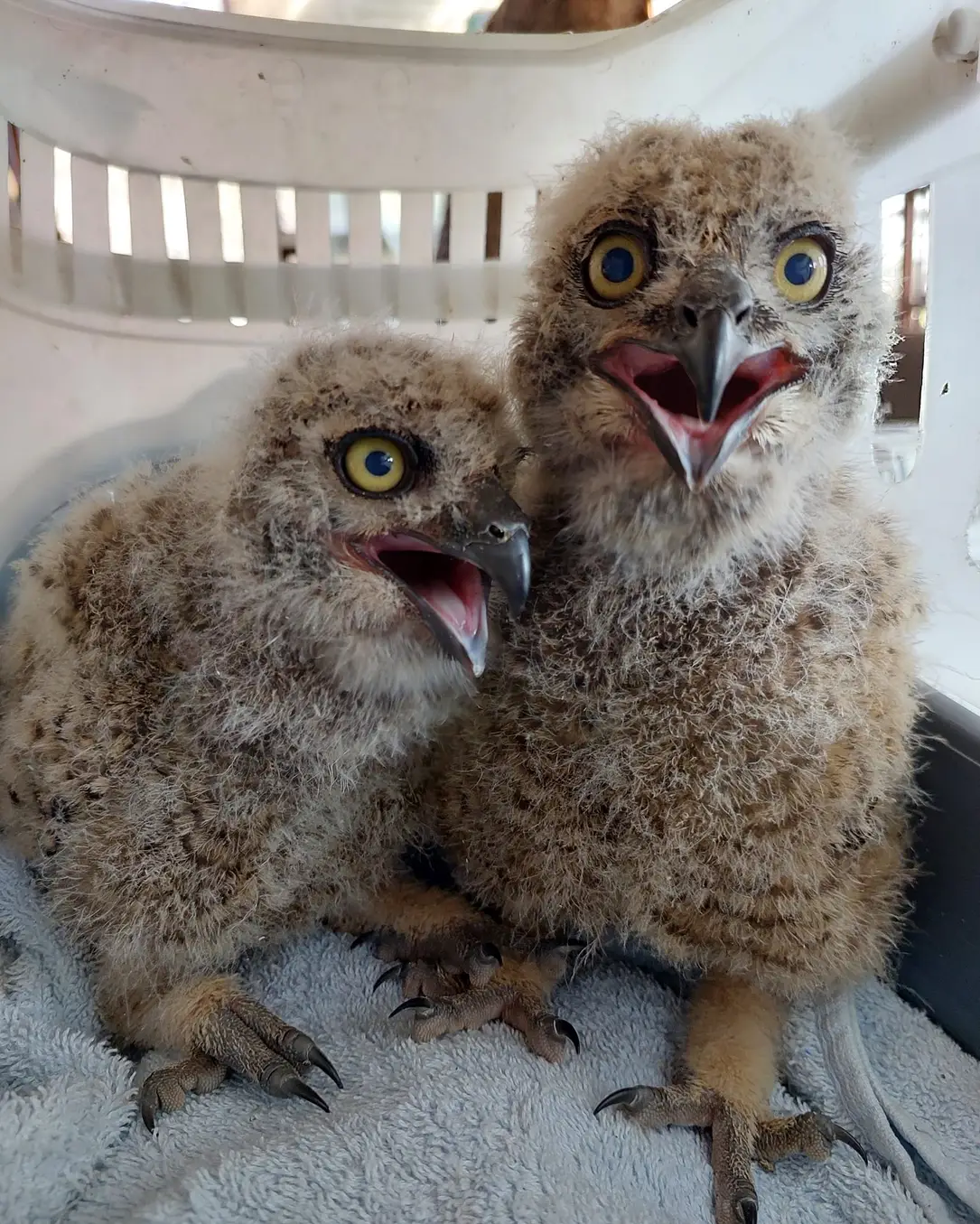
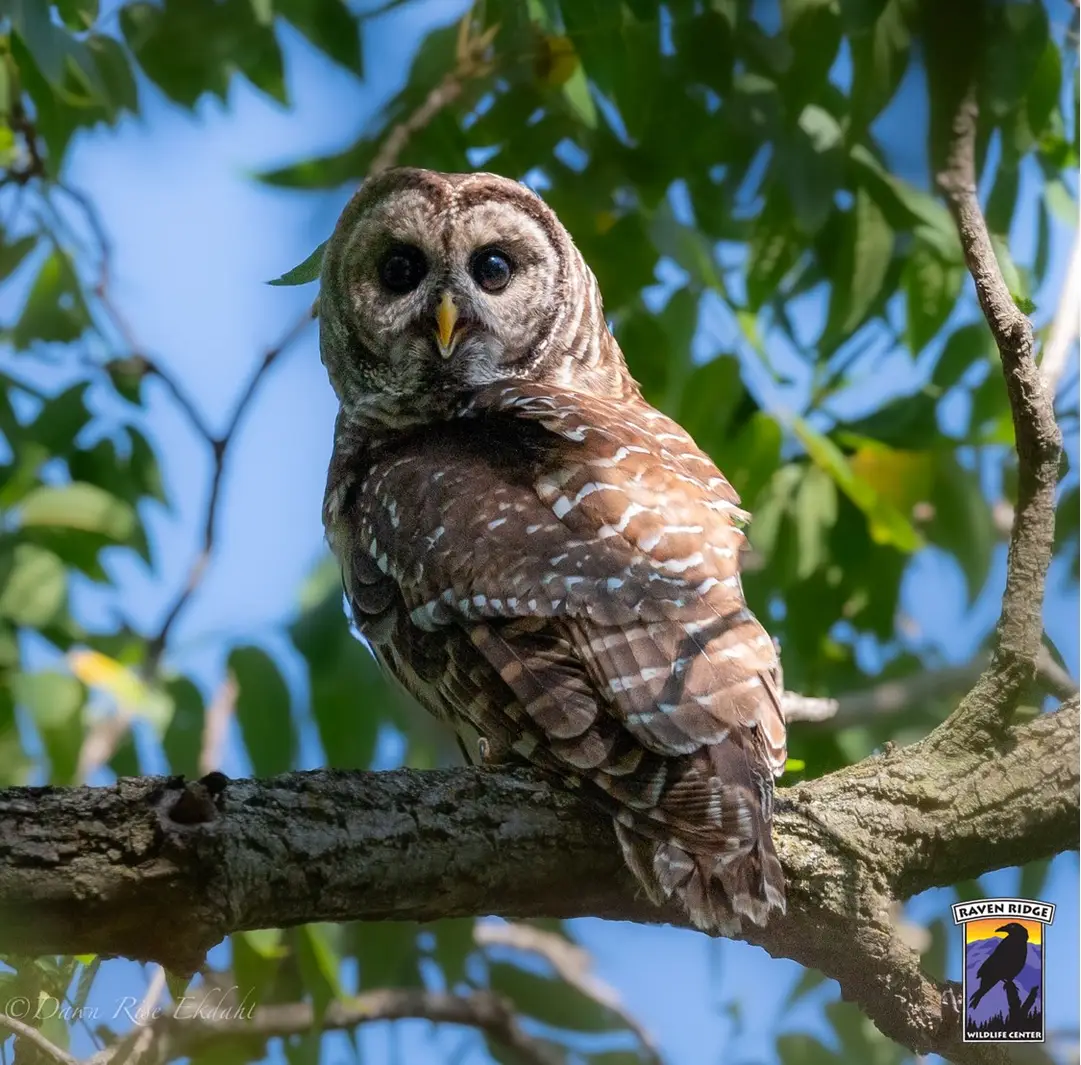
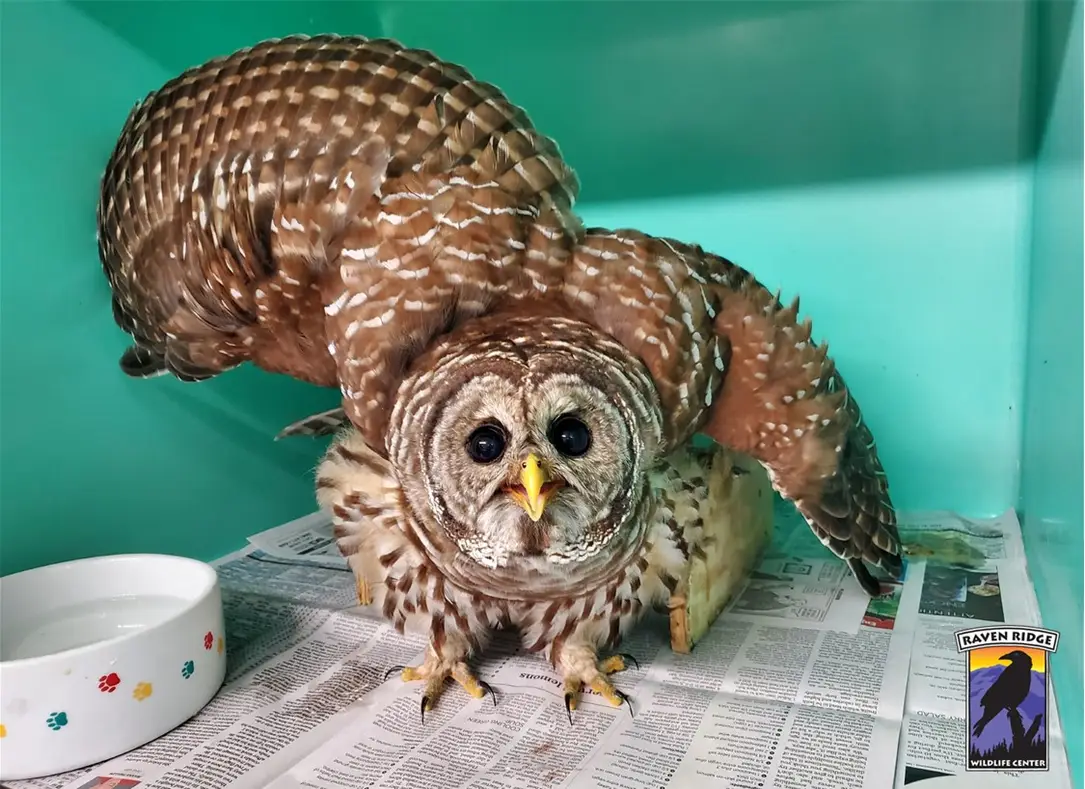
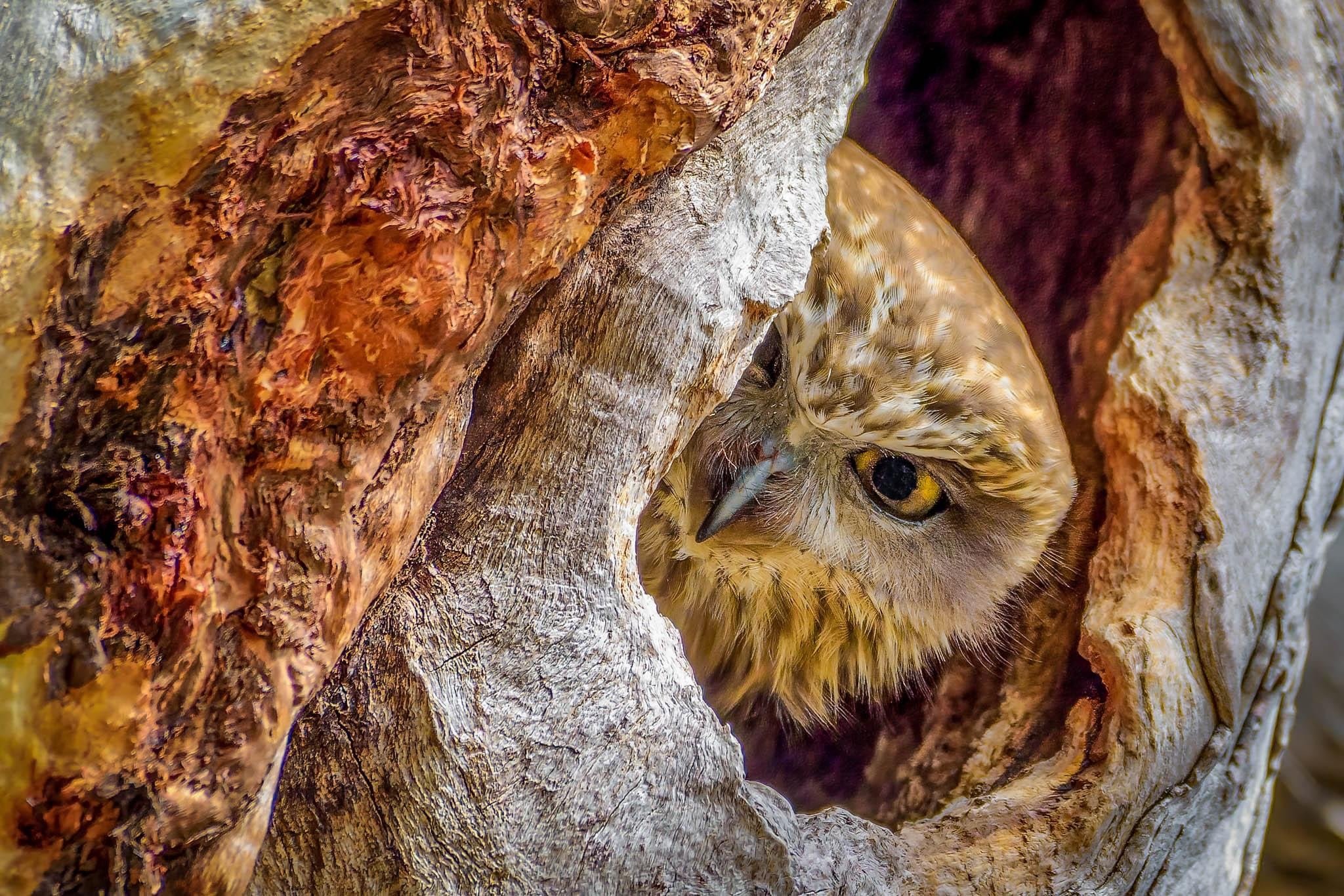

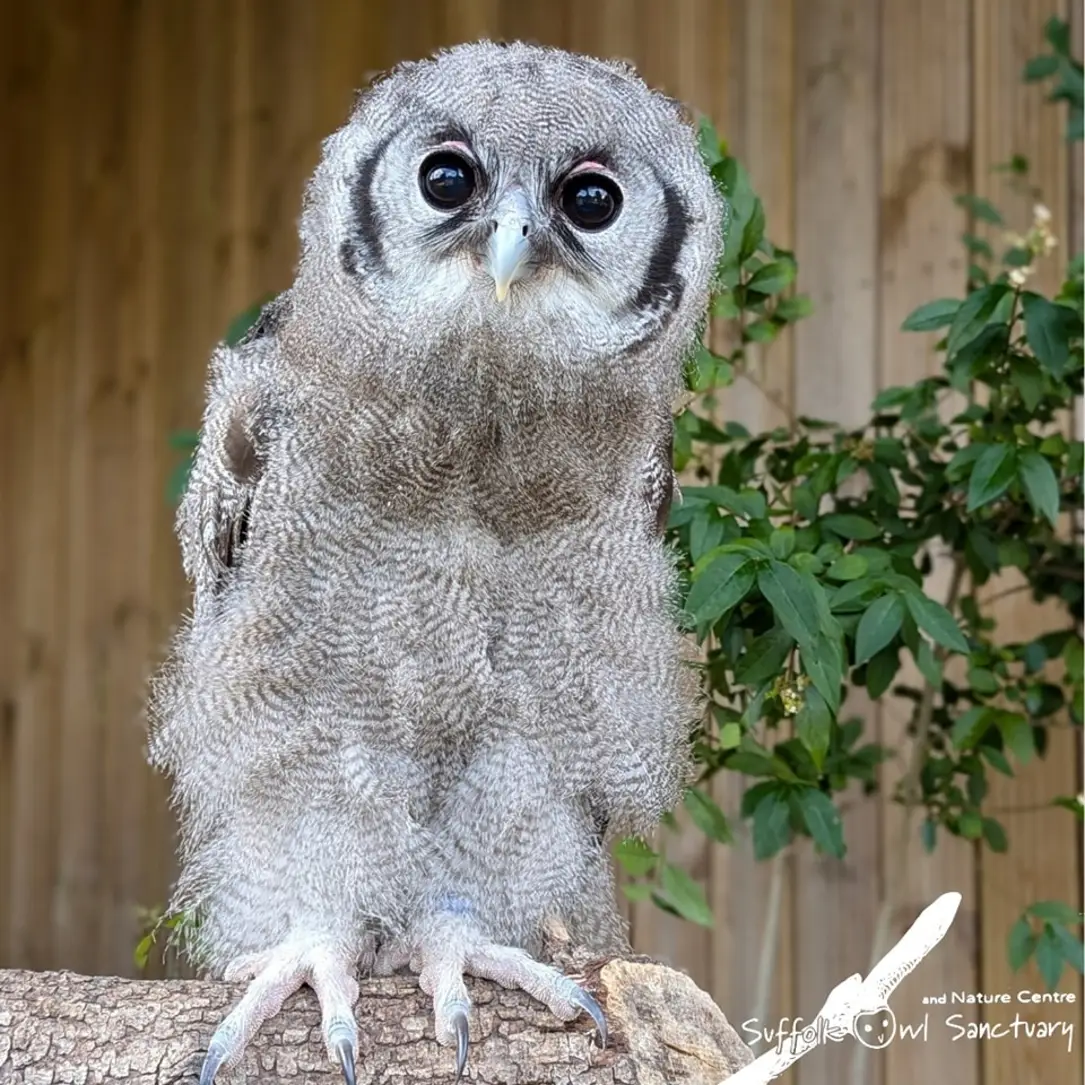
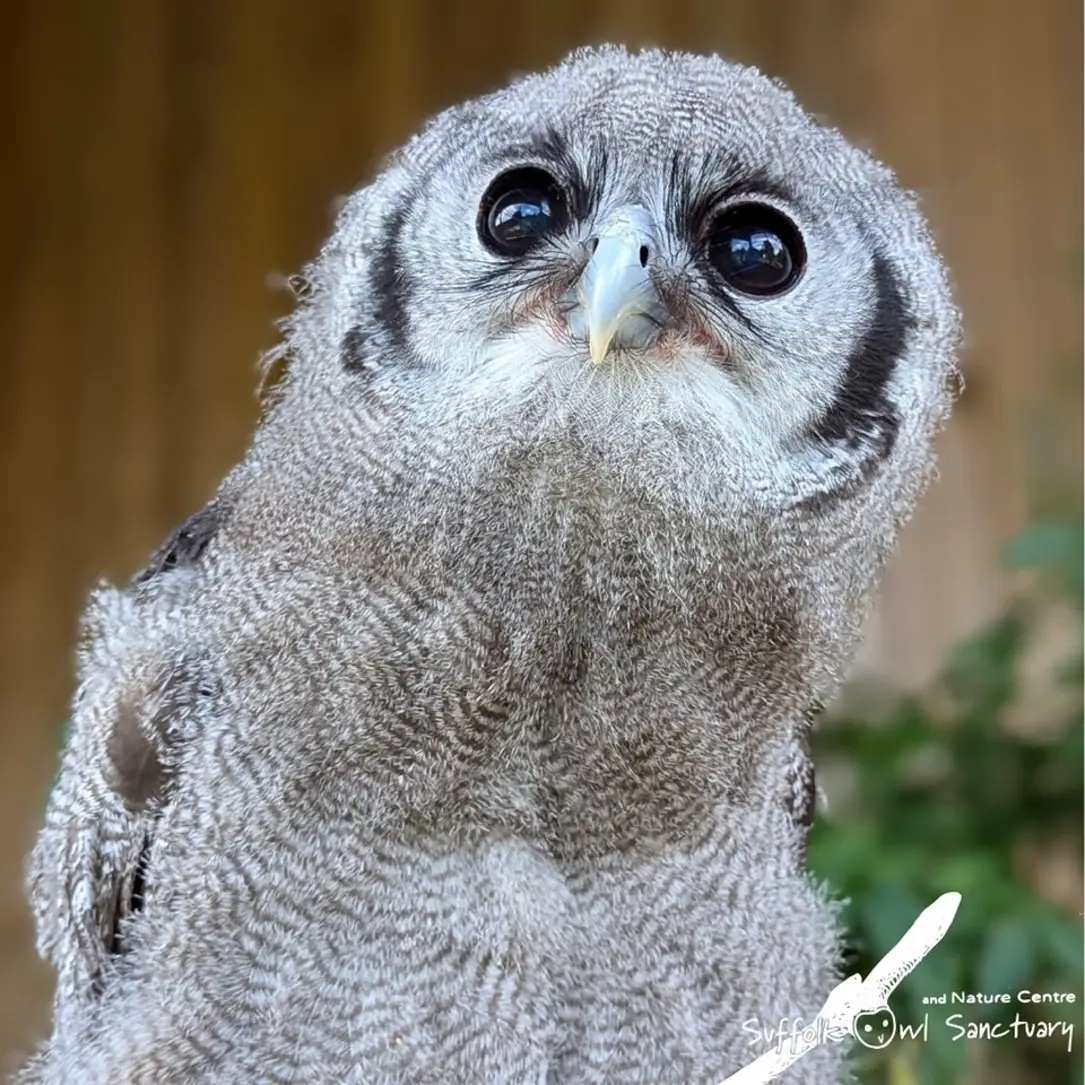
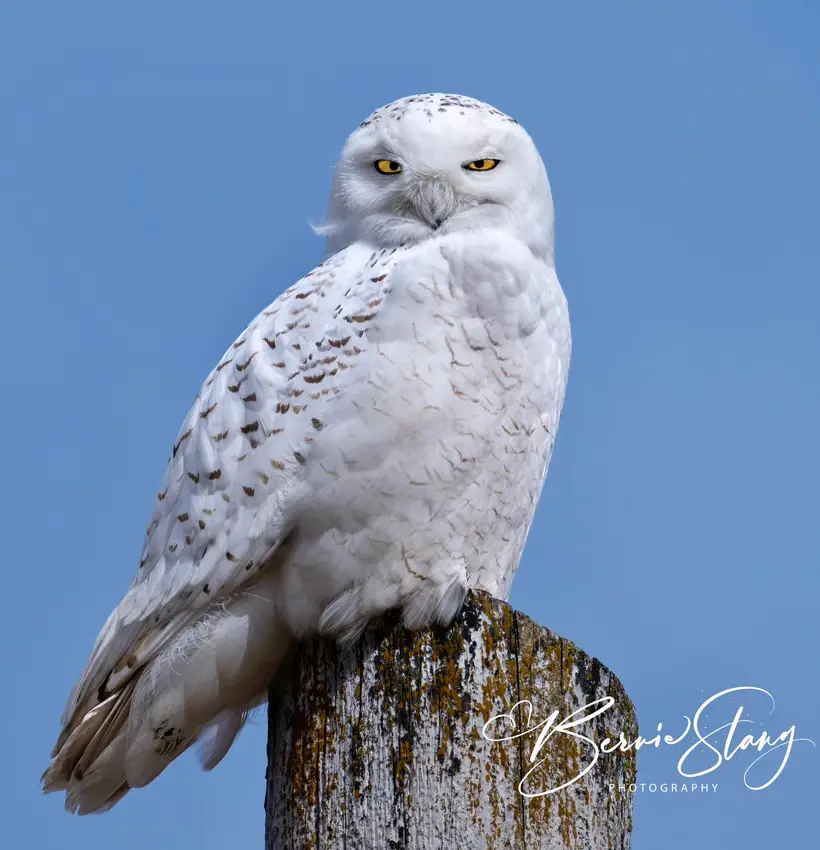
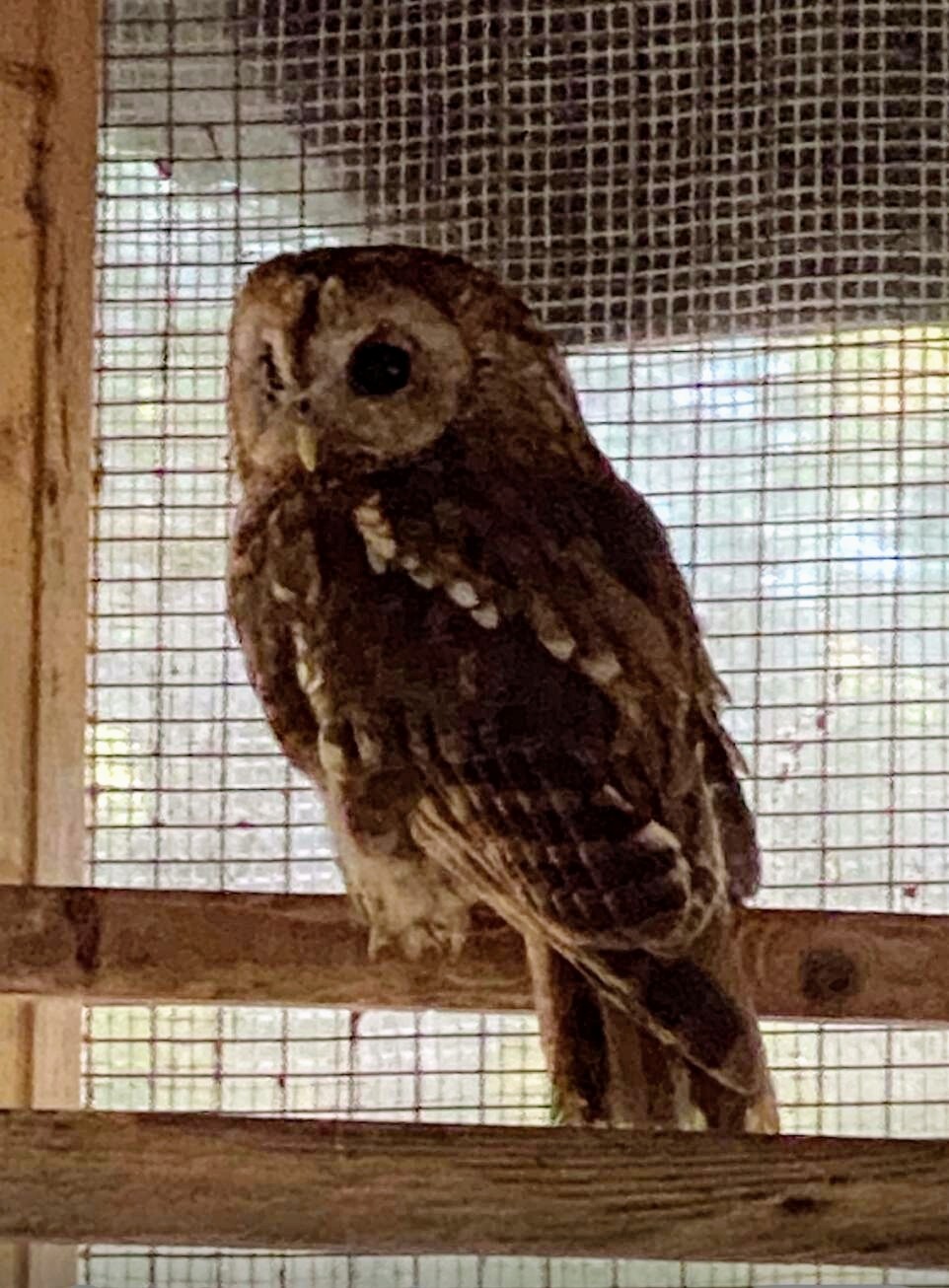
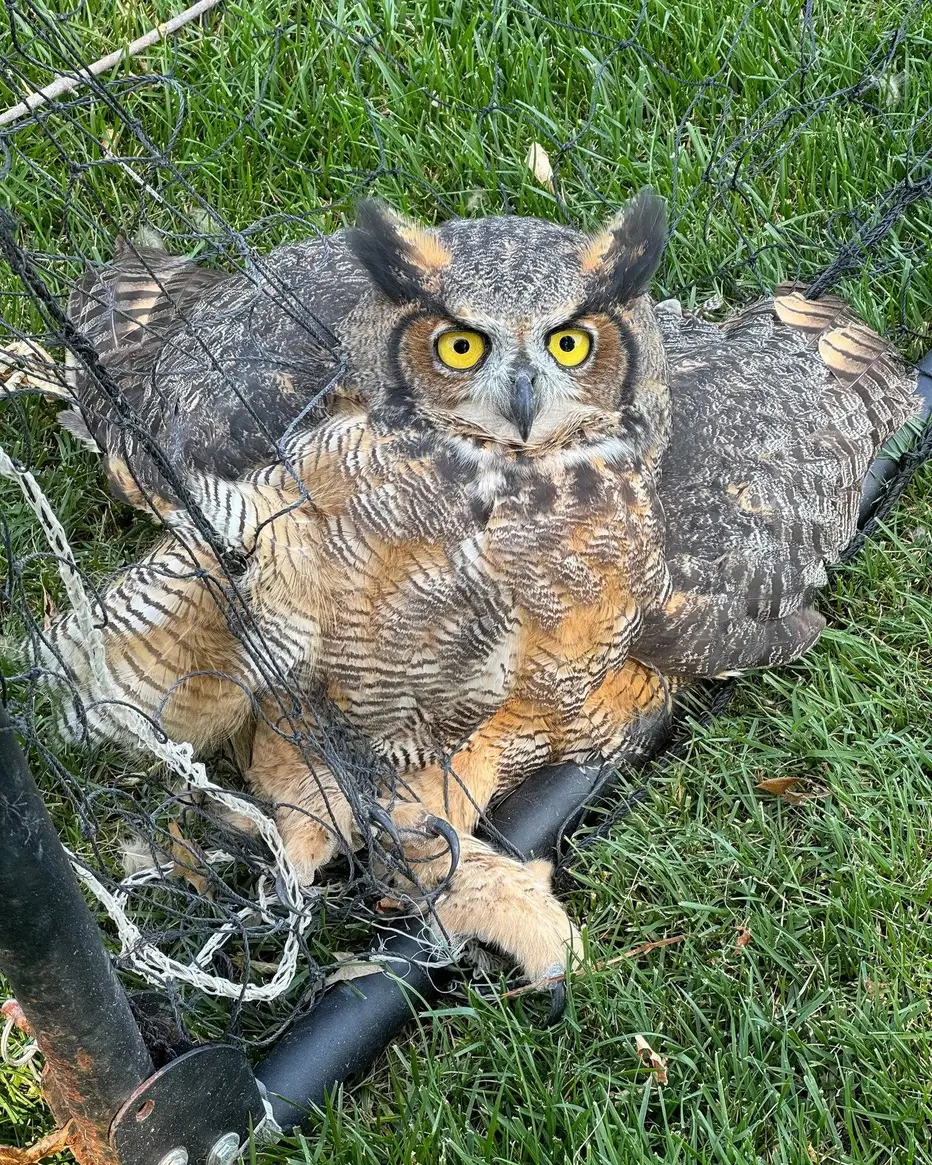
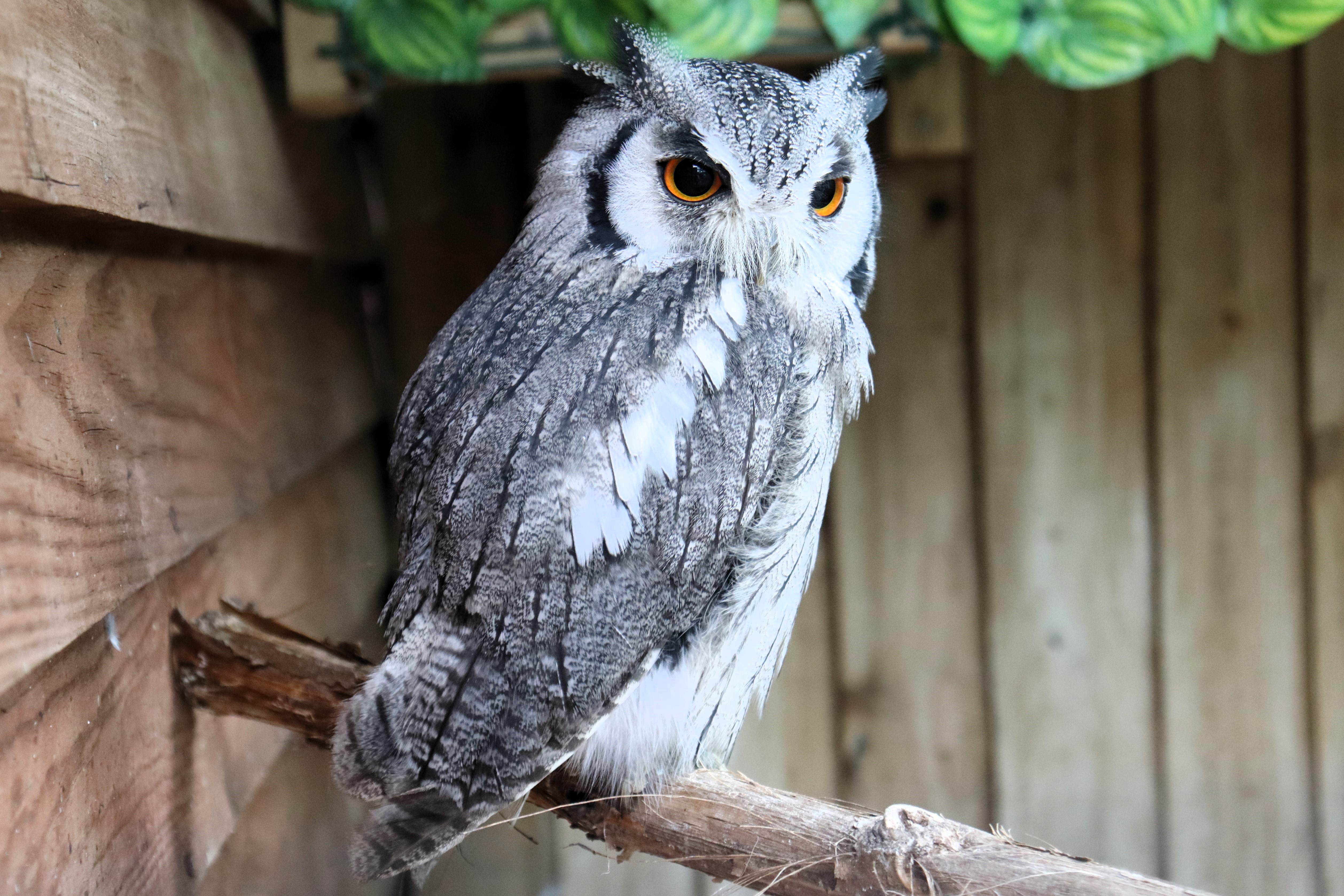
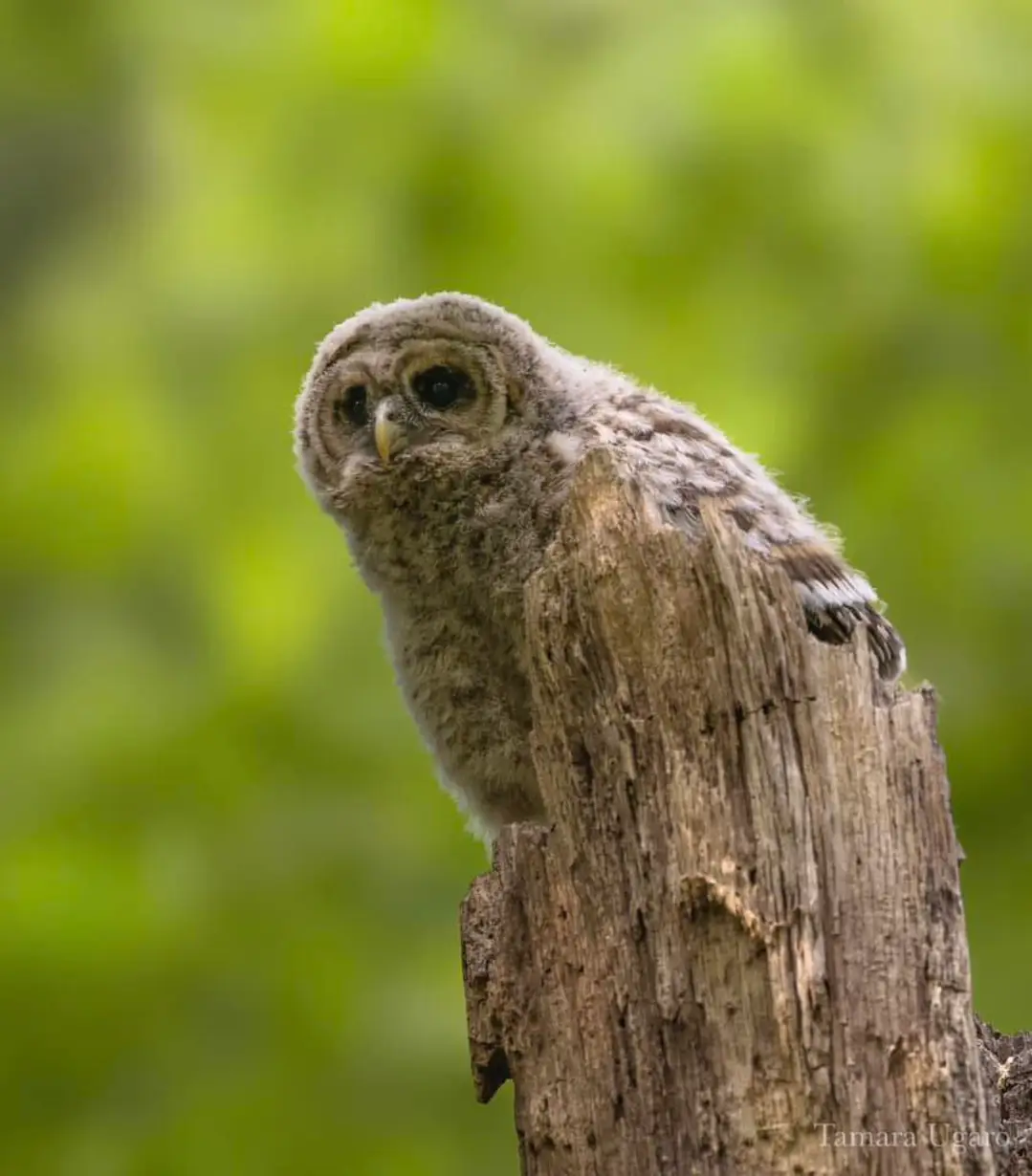
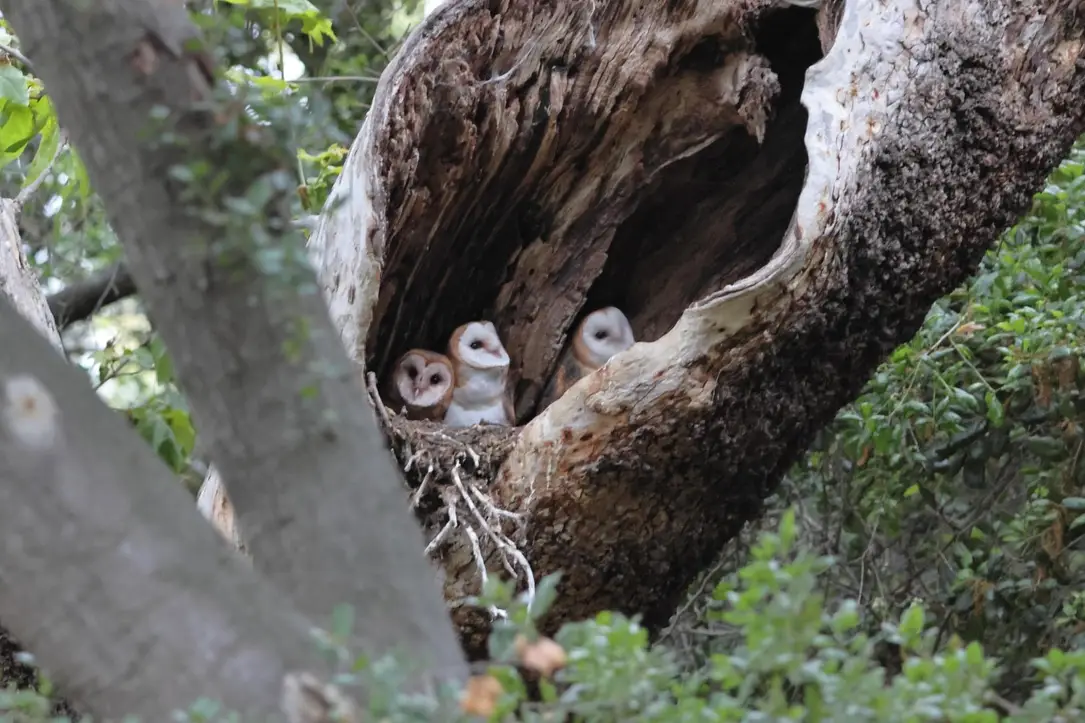
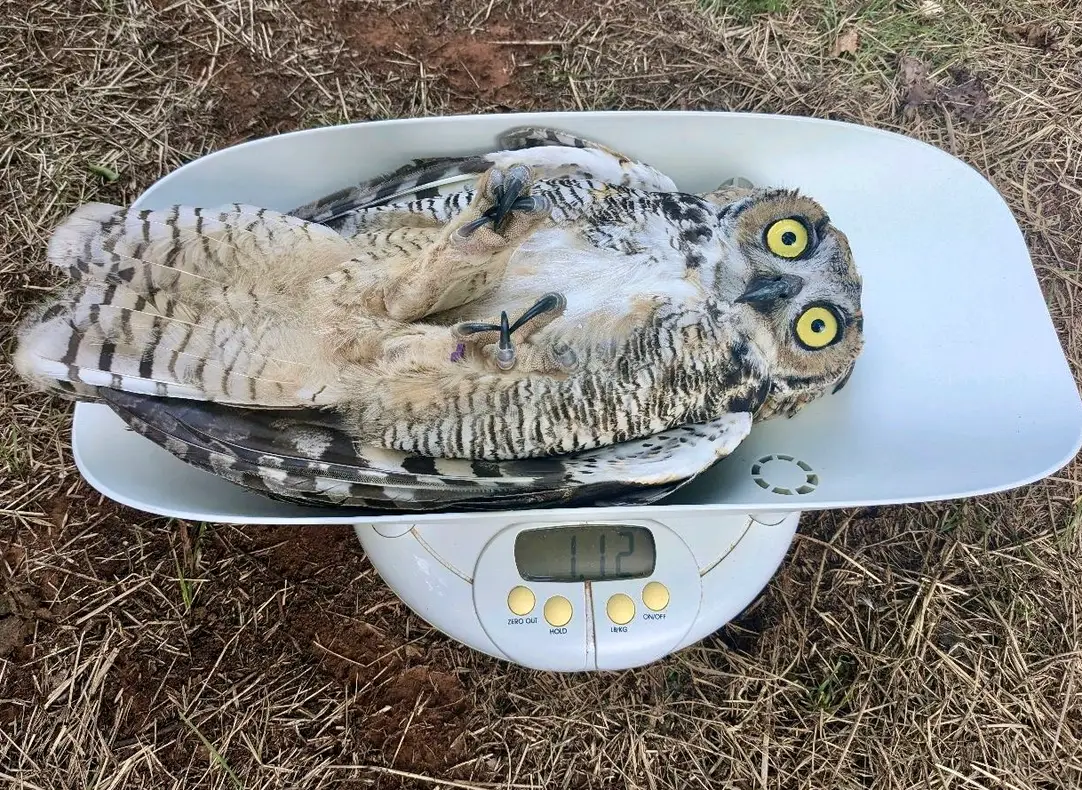
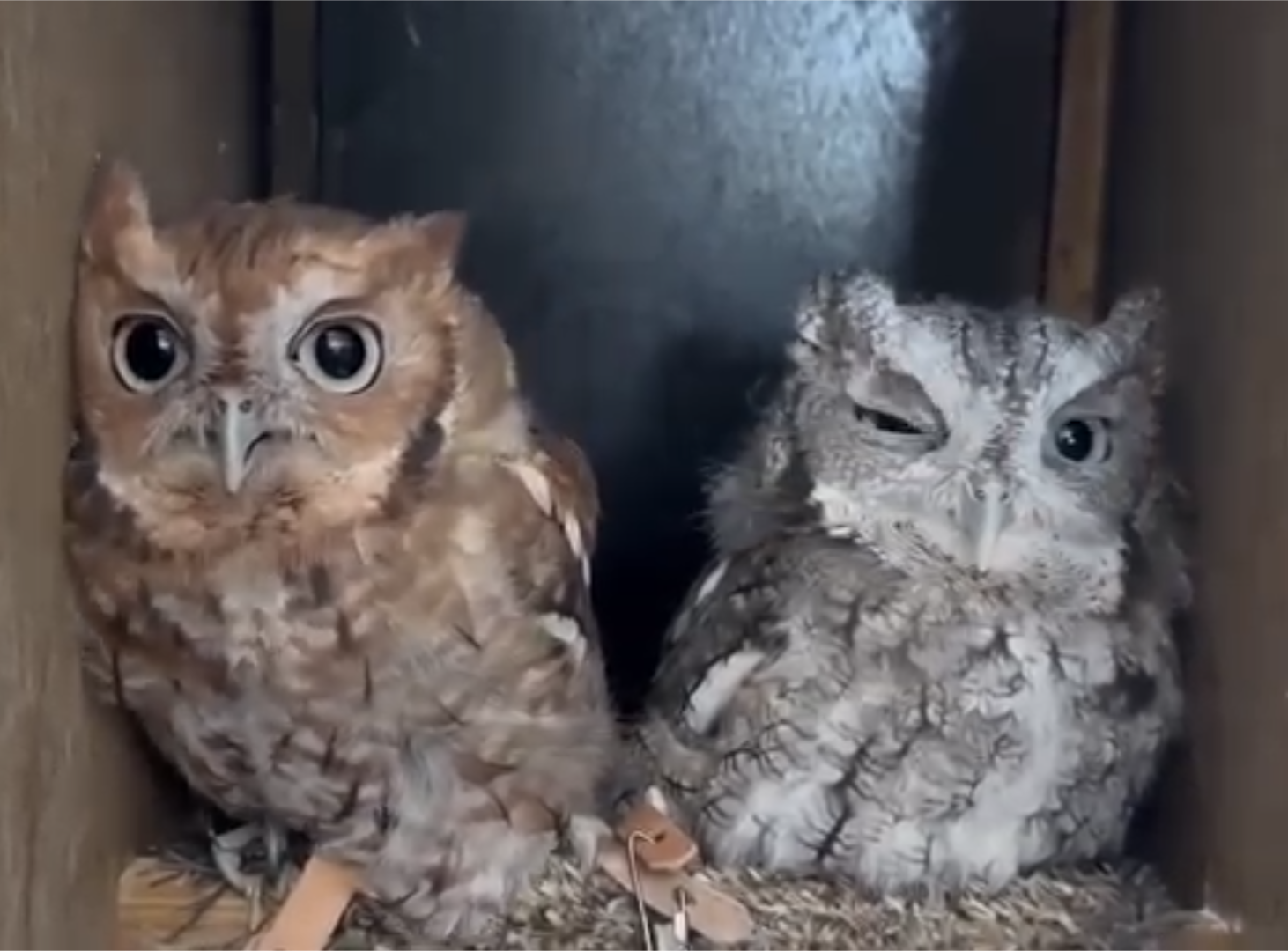
I agree. Tired of this well done portrait of a terrible "judge" and ugly pictures of Smith. Let's flip that:.
With his disheveled hair and angry glare in 2the majority of pictures he just looks like Cody Johnston's disappointed father. I think he looked better less shaggy, though he could still lighten up a little bit.